10 things you didn't know about Davos
- Published

Every January for almost 50 years, world leaders, the bosses of the world's biggest companies and a sprinkling of celebrities have gathered in a small Swiss mountain town called Davos for the World Economic Forum.
But what is it and why do they go? Here are 10 handy facts to make sure when someone next mentions Davos you can nod wisely and look like you know what you're talking about.
1. It isn't really called Davos
It's that time of the year again - when the great and the good gather in a Swiss resort
Although everyone calls it Davos, the January get-together is actually the annual meeting of the World Economic Forum (WEF). Davos is simply the name of the Swiss mountain resort where the summit is held.
The town's association with the glitzy gathering means plenty of rival events have tried to capitalise on the name's cachet, with a proliferation of conferences claiming to be "Davos" this or that.
But last year when a Saudi investment conference was dubbed "Davos in the desert" around the time of the controversial death of prominent government critic Jamal Khashoggi, WEF finally hit back. It warned it would use "all means to protect the Davos brand against illicit appropriation".
2. It's not just a conference

There are parties every night
The World Economic Forum is a not-for-profit group with the ambitious mission of improving the state of the world.
Its annual jamboree is officially a conference. There are endless speeches and sessions on everything from the outlook for the global economy to managing stress.
In reality, most people aren't there for the sessions but to network relentlessly. Being in a relatively tiny space for four days enables corporate bosses, politicians and journalists to have an incredible number of meetings in an efficiently short space of time with no travel required.
This networking carries on late into the night with daily dinners, drinks and parties, put on by the firms who are attending.
3. Meetings can lead to action
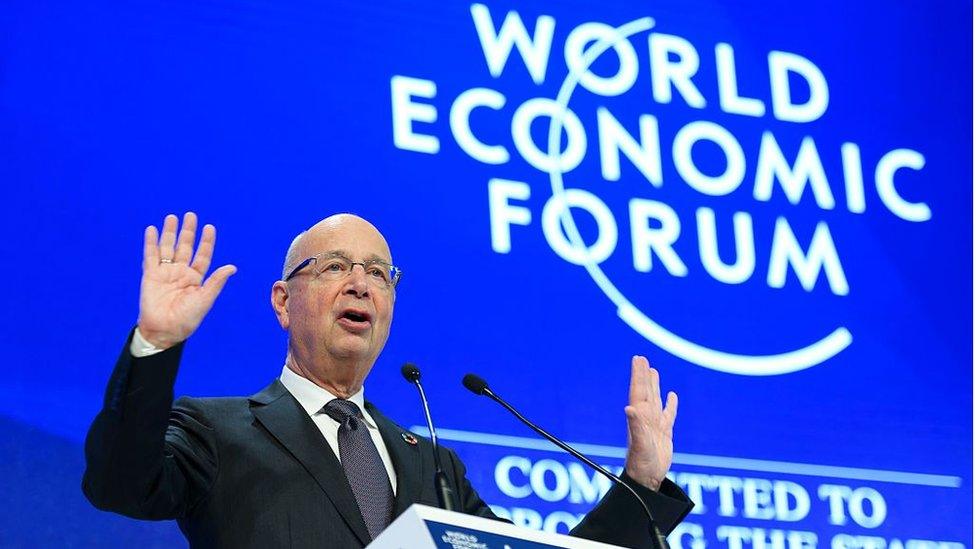
Klaus Schwab started the World Economic Forum in 1971
Forum founder Klaus Schwab started the annual shindig in 1971 to discuss global management practices. Now WEF has a much broader remit, but critics argue that it's still just a talking shop.
But the isolated setting of Davos offers politicians a valuable chance to meet away from the public glare.
North and South Korea held their first ministerial level meetings in Davos in 1989, for example. Last year, the Greek and Macedonian prime ministers met face to face for the first time in seven years, paving the way to the end of a 27-year dispute over Macedonia's name.
4. Only businesses pay (a lot) to attend
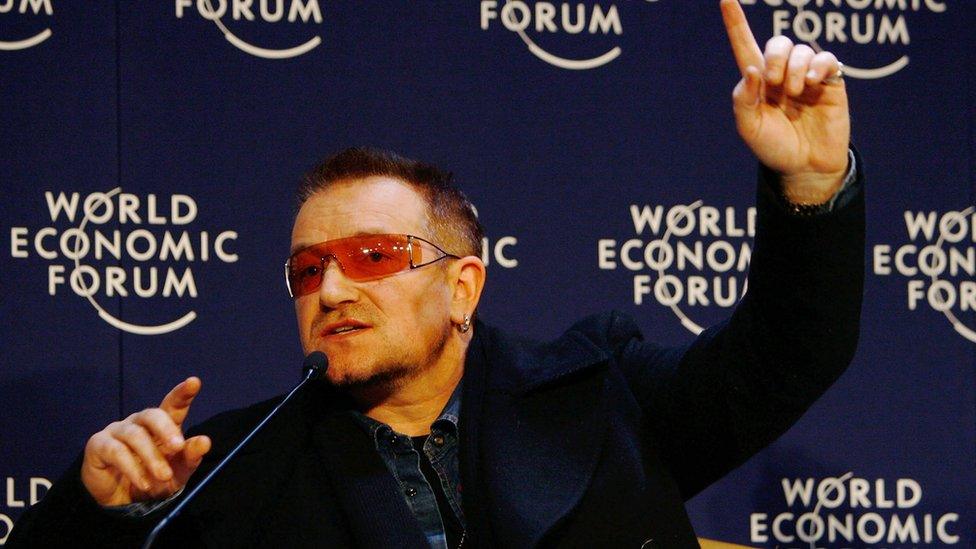
Regular attendee Bono doesn't pay to attend
The only attendees who pay to attend WEF are companies; all other attendees are invited free of charge.
The charge for companies is 27,000 Swiss francs (£20,900; €23,800) per person. But that's not all.
Attendees must also be a member of the World Economic Forum. There are a number of tiers of membership, starting at 60,000 Swiss francs per year to a whopping 600,000 Swiss francs to be a so-called "strategic partner".
It's a pricey business, but top members get access to private sessions with their industry peers and unlike everyone else, slipping and sliding over the icy pavements, they also get a dedicated car and chauffeur. A price worth paying, some might say.
5. Conference passes are colour coded
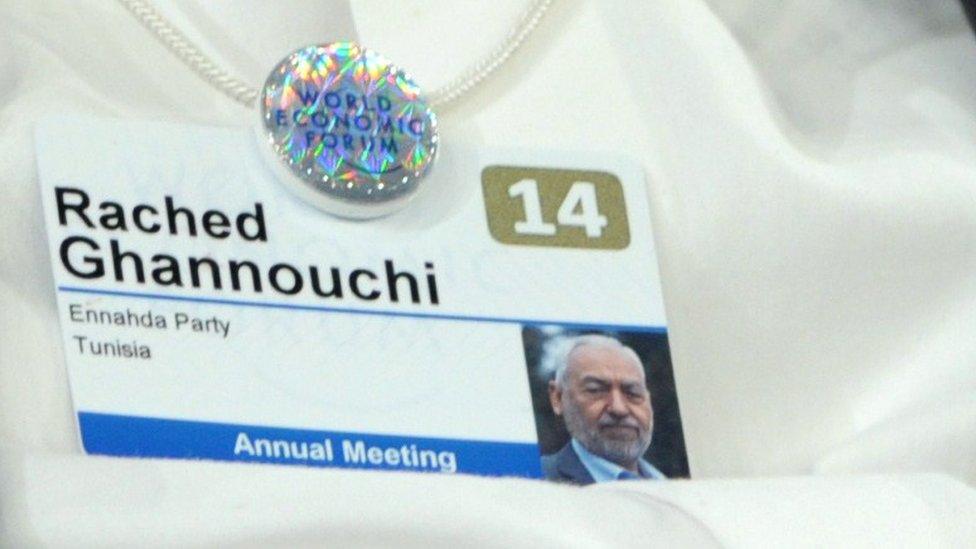
White badges with holograms are the most coveted passes of all
Improving inequality is always a big talking point at Davos, but WEF operates its own very unequal system determined by a complicated caste system of coloured badges.
Yes you might be in the same place as Prince William or the New Zealand PM but it's unlikely you'll bump into them in the loo.
Such high-profile guests get a white badge with a hologram on it, giving them access to everywhere - including the hyper-exclusive special backroom meetings.
There are different coloured badges for participants' spouses and journalists, all offering various levels of access. The lowest level is a "hotel" badge, which means you can't get into the conference centre at all, but crucially can attend the nightly parties or indeed go skiing. Arguably the best badge going.
6. There are a lot of men
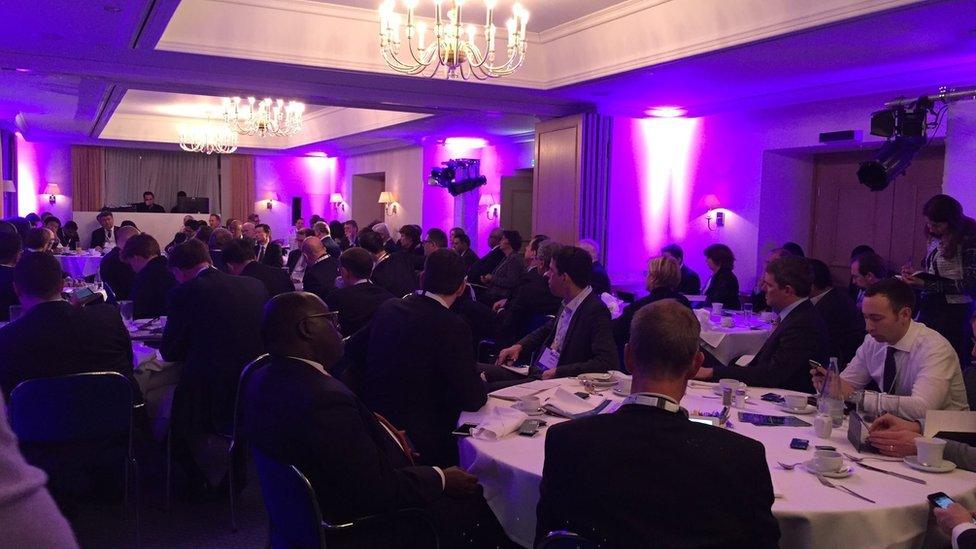
A typical breakfast panel at Davos
In the 49 years since Davos started hosting its annual meetings, men have vastly outnumbered women despite a quota system for large firms who must bring one woman for every four men.
"Davos Man" has even become a description in its own right, synonymous with the stereotypical attendee: a powerful and wealthy elite male - whom many see as out of touch with the real world.
Of course, this largely reflects the current reality: those at the top in both business and politics are predominantly male.
But while photos of the suit-heavy gathering captioned "spot the woman" do the rounds on social media every year, the situation is steadily improving.
This year, 22% of attendees will be female. It's not great, but the percentage of women has doubled since 2001.
7. It's not a young crowd
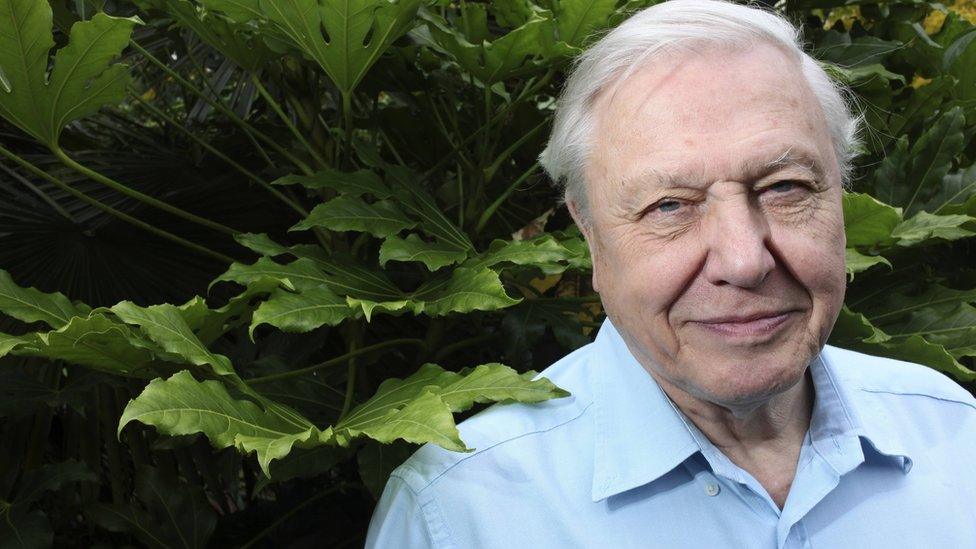
Sir David Attenborough is this year's oldest attendee
It takes time to claw your way to the top and wangle a Davos invite and the average age of attendees reflects this: it's 54 for men and 49 for women.
Of course there are some anomalies. At just 16, South African wildlife photographer Skye Meaker is the youngest participant this year, while the oldest is 92-year-old broadcaster Sir David Attenborough.
8. It has its own language
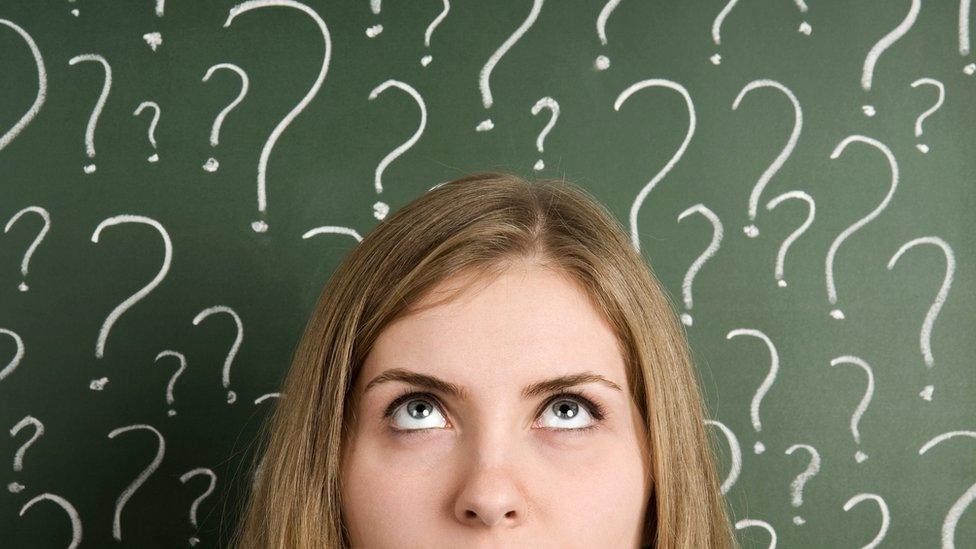
This year's theme is Globalization 4.0: Shaping a Global Architecture in the Age of the Fourth Industrial Revolution
Complicated corporate jargon is a hallmark of the conference. What anyone actually means can be mystifying, even to the seasoned WEF watcher.
Even the theme of each year's conference is often incomprehensible.
This year's is Globalization 4.0: Shaping a Global Architecture in the Age of the Fourth Industrial Revolution.
What's it actually about? Umm, we'll let you know next week.
9. It's like flying... without the actual flying

There are always long security queues at Davos
This year's attendees include Japanese and New Zealand PMs Shinzo Abe and Jacinda Ardern, as well as Prince William and German Chancellor Angela Merkel.
Given the high profile of many of the attendees, security is understandably tight.
There are snipers on every roof and a secure zone that you need the right pass to access. Every time you enter the main conference centre you have to remove your coat, scan your laptop and bag and then put it all on again. It's like constantly going through airport security without ever flying anywhere.
10. Everyone loves a free bobble hat
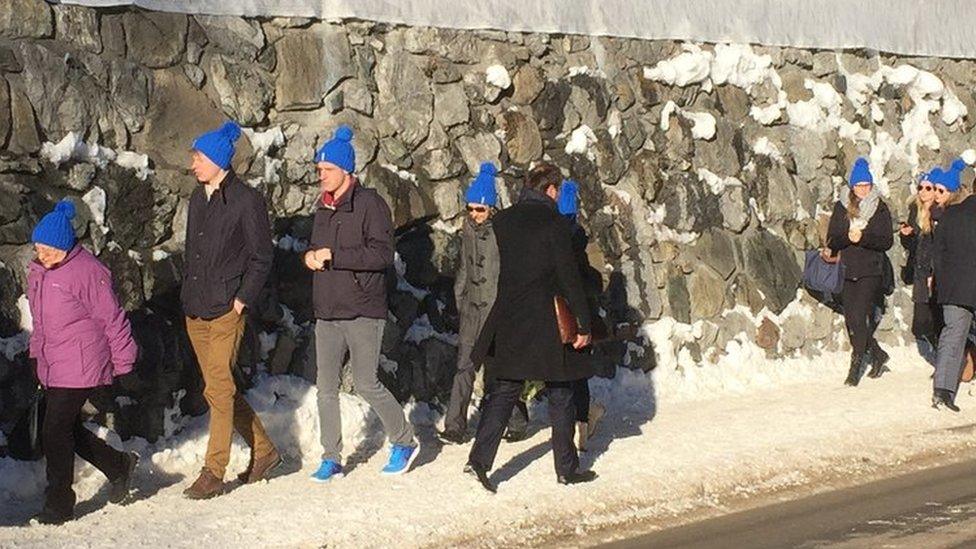
It's hard to say no to a free bobble hat
The attendees may be wealthy heads of state and chief executives earning hundreds of thousands or even millions, but the lure of a free bobble hat is surprisingly irresistible.
Every year Zurich Insurance provides bright blue knitted hats you can help yourself to from a hole in the wall. And almost everyone does. Months later if you see someone wearing one, you can nod at each other discreetly. You're part of the Davos set.